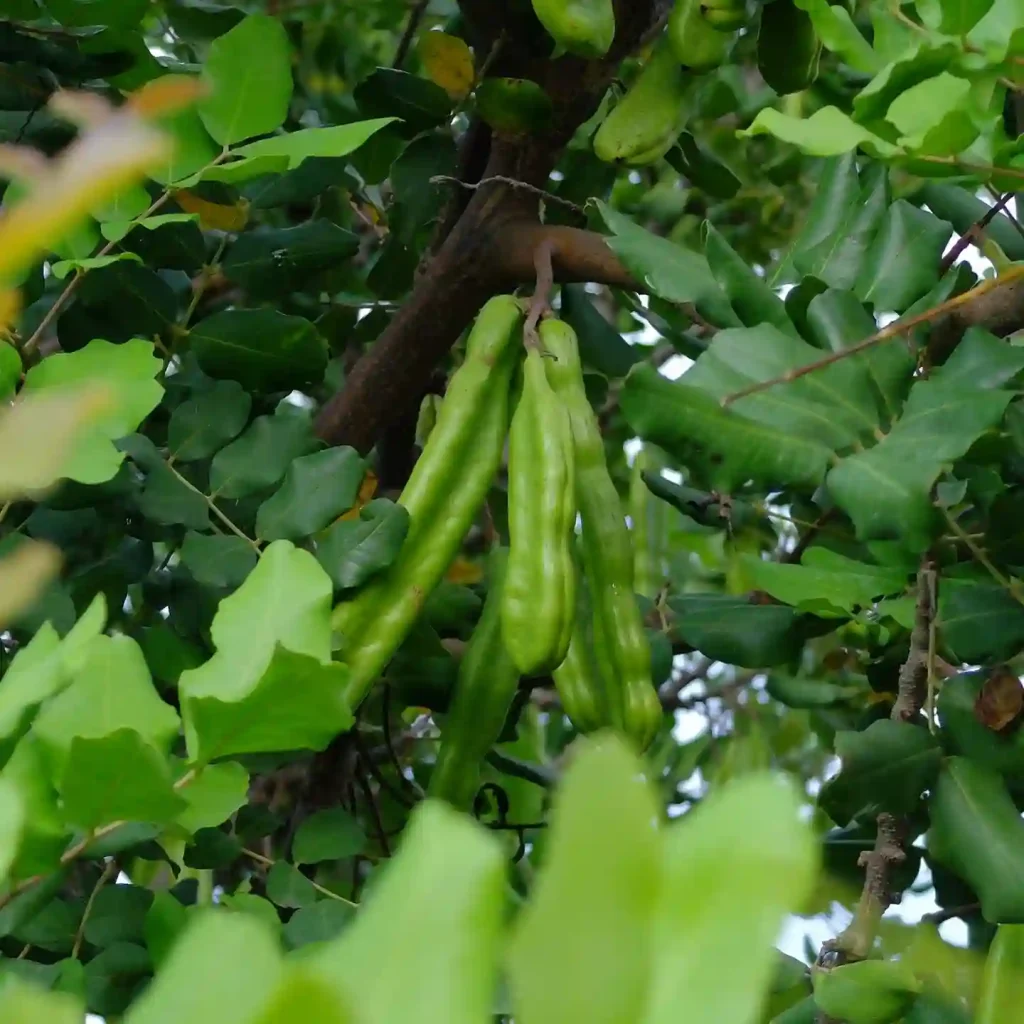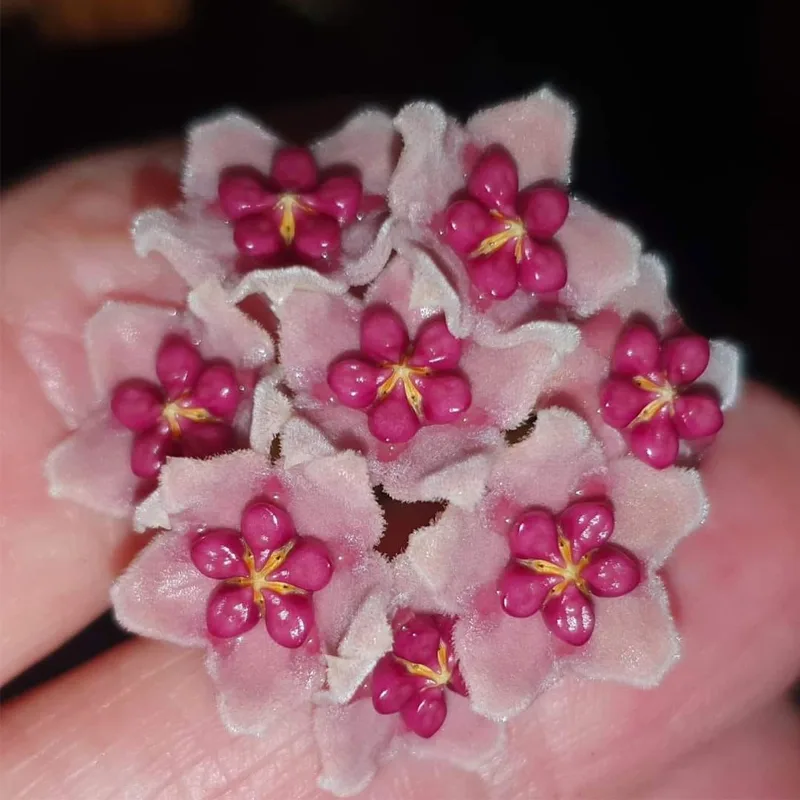
An Encounter with the White Campion: Silene Latifolia
For years, I’ve been captivated by the tenacity of wildflowers. They push through cracks in sidewalks, sprout defiantly in forgotten corners, and paint vibrant murals across meadows. Recently, a particularly persistent bloomer caught my eye – the Silene latifolia, or White Campion. Its delicate white flowers and soft, hairy stems added a touch of elegance to a neglected patch of land near my home. Intrigued, I embarked on a journey to learn more about this unassuming yet surprisingly resilient plant.
911 Species in Genus Silene
What is Silene latifolia?
Silene latifolia is a herbaceous flowering plant belonging to the Caryophyllaceae family, the same family as carnations and pinks. Native to Europe, Western Asia, and North Africa, it’s now widely naturalized across the globe. Standing at a height of 40-80 centimeters, the White Campion boasts clusters of white, fragrant flowers that bloom in the summer months, filling the air with a subtle sweetness in the evenings. This seemingly simple wildflower holds a surprising secret – it’s dioecious, meaning there are separate male and female plants.
A Plant of Many Faces: Life Cycle and Habitat
The White Campion exhibits a fascinating adaptability in its life cycle. It can flourish as an annual, completing its entire life cycle in a single season, or it can extend its existence as a biennial, returning for a second year to flower and produce seeds. In some cases, it even persists as a short-lived perennial, offering a longer display of its delicate blooms. This versatility allows it to thrive in a variety of open habitats, from wastelands and fields to sunny roadsides and disturbed areas. While it tolerates a range of soil conditions, it truly shines in well-drained, neutral to slightly alkaline soils.
A Gardener’s Ally: Benefits of Silene Latifolia
Despite its occasional status as a weed, the White Campion offers a surprising array of benefits for gardeners. Its fragrant flowers attract pollinators like butterflies and bees, making it a valuable addition to any pollinator-friendly garden. Additionally, its low-growing habit and tolerance of poor soils make it a perfect choice for filling in empty spaces or creating borders. For those seeking a natural solution to erosion control, Silene latifolia’s deep taproot helps to hold soil in place, preventing unwanted washout.
How to Care for Silene Latifolia?
While the White Campion thrives on a certain level of neglect, providing some basic care can enhance its growth and flowering. Opt for a sunny location with well-drained soil. Watering is only necessary during prolonged dry spells, as the plant is fairly drought-tolerant. Deadheading spent flowers will encourage continued bloom throughout the summer.
Sharing the Stage: Companion Planting with Silene Latifolia
Silene latifolia plays well with others in the garden. Its delicate white flowers create a stunning contrast with vibrant summer blooms like purple coneflowers or red poppies. Low-growing herbs like thyme or chamomile can complement its soft, hairy stems, while ornamental grasses add a touch of texture to the planting scheme.
How to propagate Silene Latifolia?
The White Campion readily self-sows, ensuring a steady supply of new plants in your garden. However, if you want to take control of propagation, you can collect seeds once the capsules have dried and brown. Sow the seeds directly in the garden in the fall or early spring for best results.
A Final Word: The Allure of the Unsung Hero
The White Campion may not be the flashiest wildflower, but its unassuming charm and ecological value make it a worthy addition to any garden. Its adaptability, ease of care, and attractive blooms offer a compelling case for embracing this often-overlooked wildflower. So, the next time you encounter a patch of Silene latifolia, take a moment to appreciate its quiet beauty and the vital role it plays in the delicate balance of our natural world.
If i die, water my plants!



